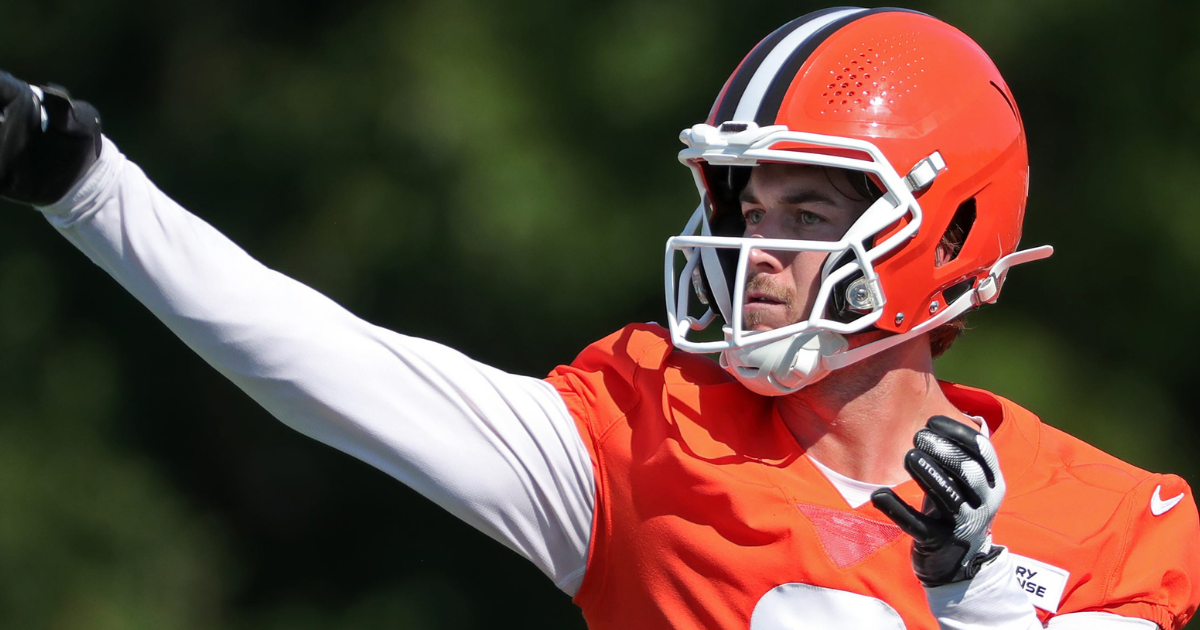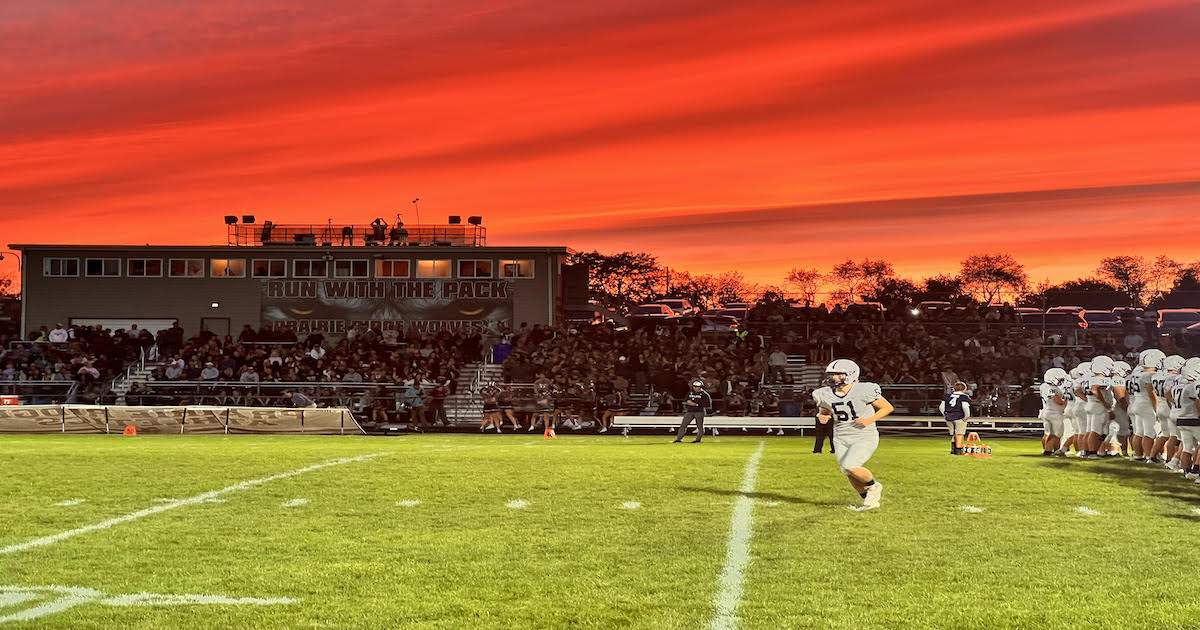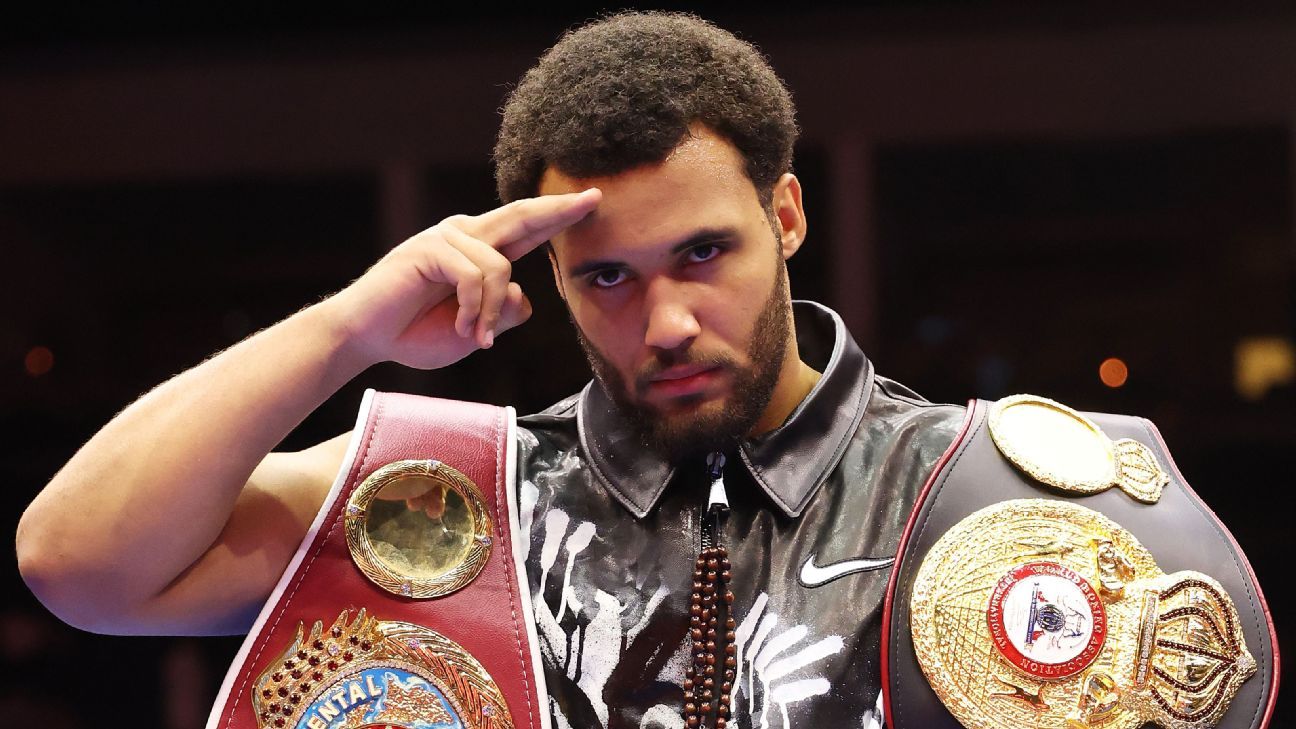President Trump has latched on to concerns about crime, as liberals point to its decline. The politics often flip when it comes to mass shootings.

Aug. 19, 2025Updated 8:40 a.m. ET
It was an object lesson in the politics of crime.
After President Trump called Washington a city of “crime, bloodshed, bedlam and squalor,” and summoned the National Guard and the F.B.I. to patrol its streets, his opponents on the left reacted with righteous indignation.
They called the move a cynical move to exploit a crime crisis that they say does not exist, in a city where violent crime is at a 30-year low.
But whatever the statistics say, polls consistently show that many people in the nation’s capital — including in communities that typically vote Democratic — are deeply concerned about public safety. That makes downplaying street crime politically perilous.
Mr. Trump’s opponents had walked into a trap. But it’s one that Republicans had also faced only a few days earlier.
A succession of high-profile shootings in broad daylight — on Park Avenue, outside the Centers for Disease Control, at a Target parking lot in Texas — drew attention and sparked anxiety this summer.
Each led to familiar calls for assault weapon bans and other gun safety laws from the political left. It is a message that politicians on the right have long struggled to rebut, even though the statistics are on their side: mass shootings make up a tiny portion of gun crimes, and recent data from the Gun Violence Archive show that such shootings are falling nearly to prepandemic levels. (There were well over 600 mass shootings annually during the peak pandemic years; more than halfway through 2025, there have been 271.)
Statistics are far from the only factor in how people feel. Violence and crime can provoke intensely personal, emotional reactions, helping people decide where to live and whom to vote for. And, individual incidents can always be used to score political points — arguably, any attack is one too many. The attempted carjacking of a former DOGE employee and his date apparently pushed Mr. Trump to make good on his threats to take over the capital’s police department.
Polling shows that Americans believe that crime is getting worse, even when it is getting better. But that is not simply because the public is easily swayed by social media posts and crime-saturated local news, said Adam Gelb, the president and C.E.O. of the Council on Criminal Justice, a policy think tank.
There are other factors, like: How brazen is the crime? How random? How brutal? A shooting during a Fourth of July parade or a Super Bowl victory celebration feels far more threatening than one on a street corner in the dead of night.
The result is that data alone may not assuage people’s concerns, even as politicians on each side try to score rhetorical points without confronting the complexities of the problem.
“Just because the numbers are down,” Mr. Gelb said, “doesn’t mean the numbers are good.”
Image
Insha Rahman is the director of Vera Action, which works to improve criminal justice policies and decrease incarceration, and uses public opinion surveys to help tailor its message.
“The problem with Democrats is when Trump says crime is out of control and they’re like, no, violent crime is at a 30-year low,” she said. “It’s like, ‘Are you gaslighting me? Why are you gaslighting me? I just heard gunshots out of my window yesterday.’”
That, she added, is why “pulling out the crime card is such a good ploy for Republicans.”
There may be much to criticize about the president’s tactics in Washington, said Jens O. Ludwig, the director of the University of Chicago Crime Lab. But attacking the president’s diagnosis is another story. In a Washington Post/Schar School poll of D.C. residents last May, one in five said that crime was the city’s biggest problem, the highest share for any problem listed.
“Surely Democrats do not want to say, ‘We are thrilled that Washington, D.C. has a murder rate 25 times London’s and, you know, 50 or 100 times Tokyo’s,” Dr. Ludwig said.
Downplaying crime also risks doing damage to the Democrats’ brand as the party that cares about racial disparities and vulnerable communities.
“The real problem of violence in Washington, D.C. is Black and brown people being shot and killed all the time,” he added. “So the Democrats don’t want to be there saying, ‘This is all fine, it’s totally fine.’”
In recent interviews, people in some of the city’s most dangerous neighborhoods, where the majority of residents are Black, said they did not appreciate the president’s tactics. But they also wanted more attention given to the problem of violence near their homes. One 2023 report sponsored by the city noted that more than 94 percent of Washington’s shooting victims were Black.
Image
Ultimately, the disconnect between politics and facts can divert the search for solutions. Mr. Ludwig said that building a crime policy to satisfy a political coalition is a far cry from pulling the most effective measures from a marketplace of ideas. “If you are viewing things through the lens of scoring partisan points, that makes it very hard to acknowledge that the other side might be onto something,” Mr. Ludwig said.
On the issue of crime, polling shows that Republicans are more trusted than Democrats, but a sizable number of Americans trust neither party.
There is, however, broad support among voters, Ms. Rahman said, for addressing crime by expanding drug and mental health treatment and access to jobs, housing and education.
Increasingly, voters, more than politicians, seem to understand that the issue is complex, requiring both short- and long-term solutions, she said.
Mr. Trump promised to not only take over the city’s police operations, but fill the potholes, beautify the capital and remove homeless people from the streets. He left many logistical questions unanswered about how he might accomplish those aims. But experts said that any success at improving the environment would likely prove popular, because disorder contributes to a fear of crime.
In past years, city leaders in places like New York sought to clean up streets and crack down on disorder and minor offenses that contributed to a sense of danger and chaos.
New efforts hark back to the original premise of the “broken windows” theory, before it became synonymous with zero tolerance policing: that unchecked disorder invites criminal behavior. Baltimore officials have worked on beautifying vacant lots, resulting in a significant decrease in criminal activity, according to comparative studies, in part by attracting more people who in turn served as what the famed urban theorist Jane Jacobs called “eyes on the street.”
Such projects have shifted more attention to urban design as a form of crime control, sidestepping arguments about whether it is better to lock up criminals or treat the root causes of crime. They point to an unclaimed middle ground for savvy politicians who want to acknowledge the problem, put aside the clash between facts and feelings and focus on what works.
“It’s hard to imagine that the right way to solve any problem is going to align 100 percent with the talking points of any political party,” Mr. Ludwig said.
Ruth Igielnik contributed research.
Shaila Dewan covers criminal justice — policing, courts and prisons — across the country. She has been a journalist for 25 years.
.png)
 German (DE)
German (DE)  English (US)
English (US)  Spanish (ES)
Spanish (ES)  French (FR)
French (FR)  Hindi (IN)
Hindi (IN)  Italian (IT)
Italian (IT)  Russian (RU)
Russian (RU)  4 hours ago
2
4 hours ago
2










Comments